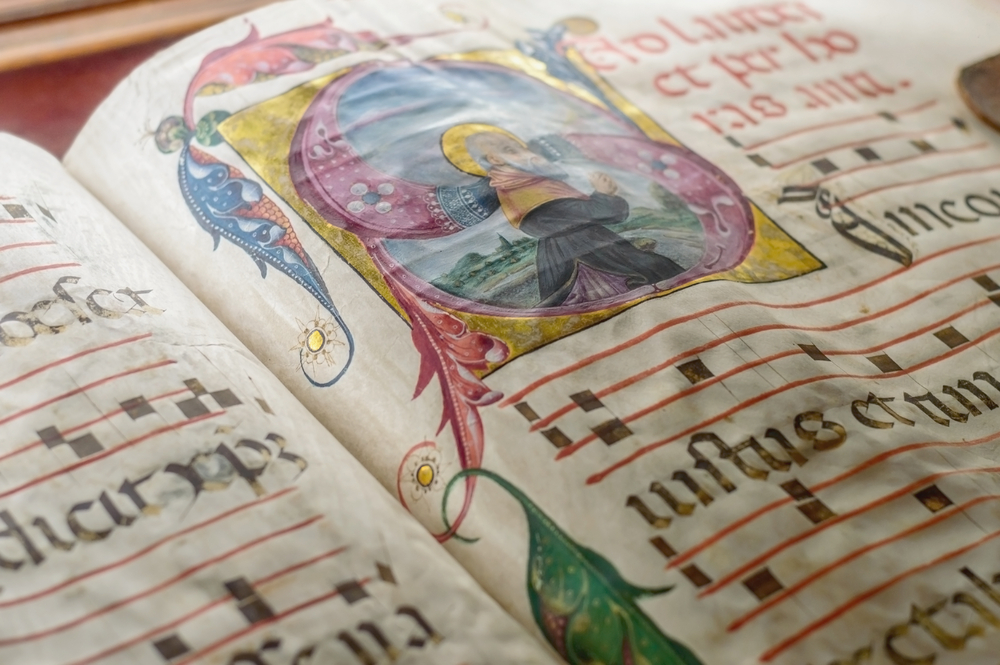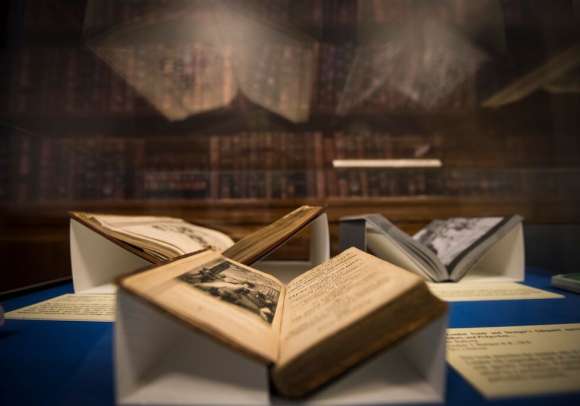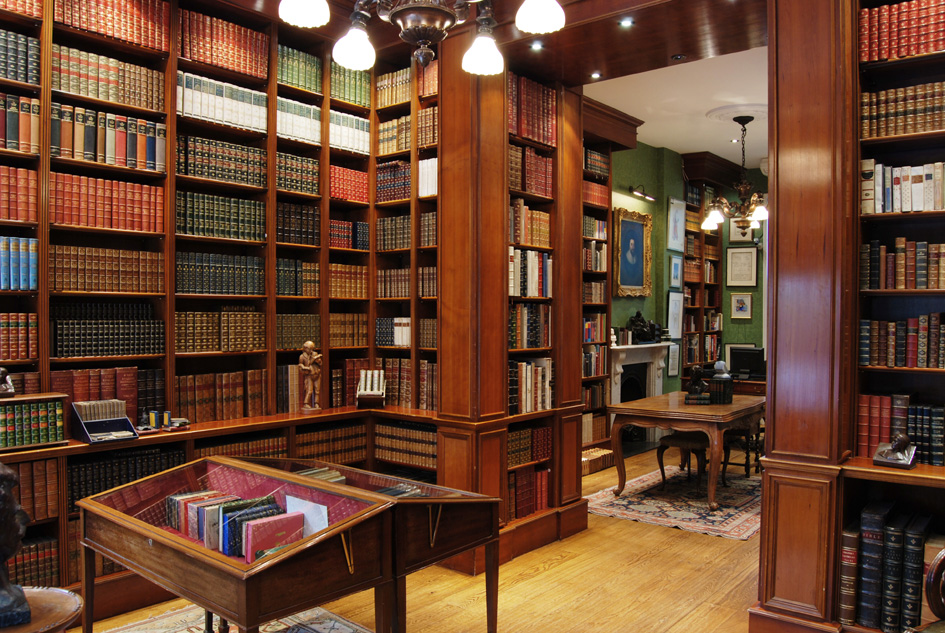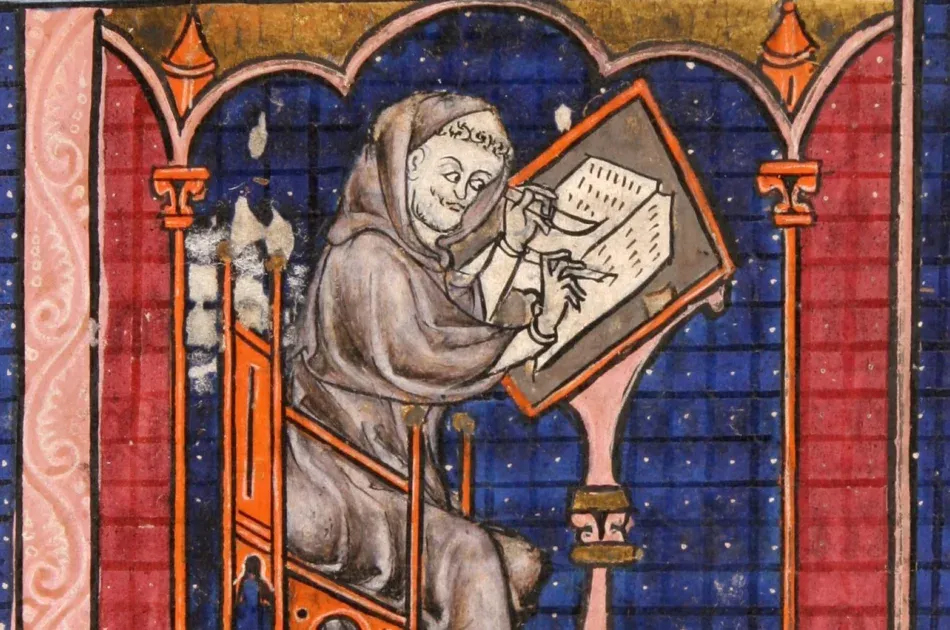The history of the book is a field that encompasses much more than the texts and other content that have traditionally dominated our perception of the value of books. We have come to understand books very much as three-dimensional manufactured objects, whose individual histories have much to tell us about their social impact. We now pay a lot of attention to the ways in which books have been owned, used and marked, alongside their printing and production techniques. Bookbinding is another important dimension of this material history, especially through the many centuries during which every book was bound by handcrafted processes involving choices over cost, materials and decoration.
This module of the MA course is dedicated to developing a better understanding of bookbinding in this historic context. It will consider the questions to be asked of any historic binding, and what we can learn from them. It will also be strongly focused on building a knowledge base for participants, to enable them to identify and date what they see in bindings (as essential prerequisite of any interpretation). English bookbindings of the handpress era will form the backbone of the course, but continental European ones will be brought in to compare, contrast and set the wider context. It will focus on external, visible features rather than internal structures, but will cover the materials used to make bindings, and their distinguishing features. Illustrated teaching sessions are supplemented by observation of bindings from the Senate House collections.
This module of the MA course is dedicated to developing a better understanding of bookbinding in this historic context. It will consider the questions to be asked of any historic binding, and what we can learn from them. It will also be strongly focused on building a knowledge base for participants, to enable them to identify and date what they see in bindings (as essential prerequisite of any interpretation). English bookbindings of the handpress era will form the backbone of the course, but continental European ones will be brought in to compare, contrast and set the wider context. It will focus on external, visible features rather than internal structures, but will cover the materials used to make bindings, and their distinguishing features. Illustrated teaching sessions are supplemented by observation of bindings from the Senate House collections.
